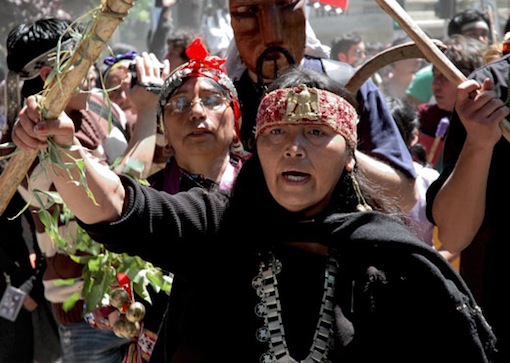Here is a sample of what we are (and probably failing) trying to convey:
Original source from the jungle
nov192013
REWIND 3.
November 2013REWIND 3.Here we explain the reasons behind this strange title and those that will follow, narrate the story of an exceptional encounter between a beetle and a perplexing being (that is, more perplexing than the beetle) and the reflections of no immediate relevance or importance which occurred therein; and finally, given a particular anniversary, the Sub tries to explain, unsuccessfully, how the Zapatistas see their own history.
To whom it may concern:
WARNING – As noted in the text entitled “The Bad and Not So Bad News,” the writings that preceded that text had not yet been published. Ergo, what we are going to do is “rebobinar”
(that is, “rewind” the tape) to what should have appeared on the Day of
the Dead. Having rewound, you may then read in inverse order the
inverse order in which the texts will appear and that way you
will…hmm…forget it, I’ve even managed to confuse myself. The point is
that you get the gist of the “retrospective” perspective. It’s as if one
is going in one direction but later returns to see how they got going
in that direction in the first place. Got it? No?




